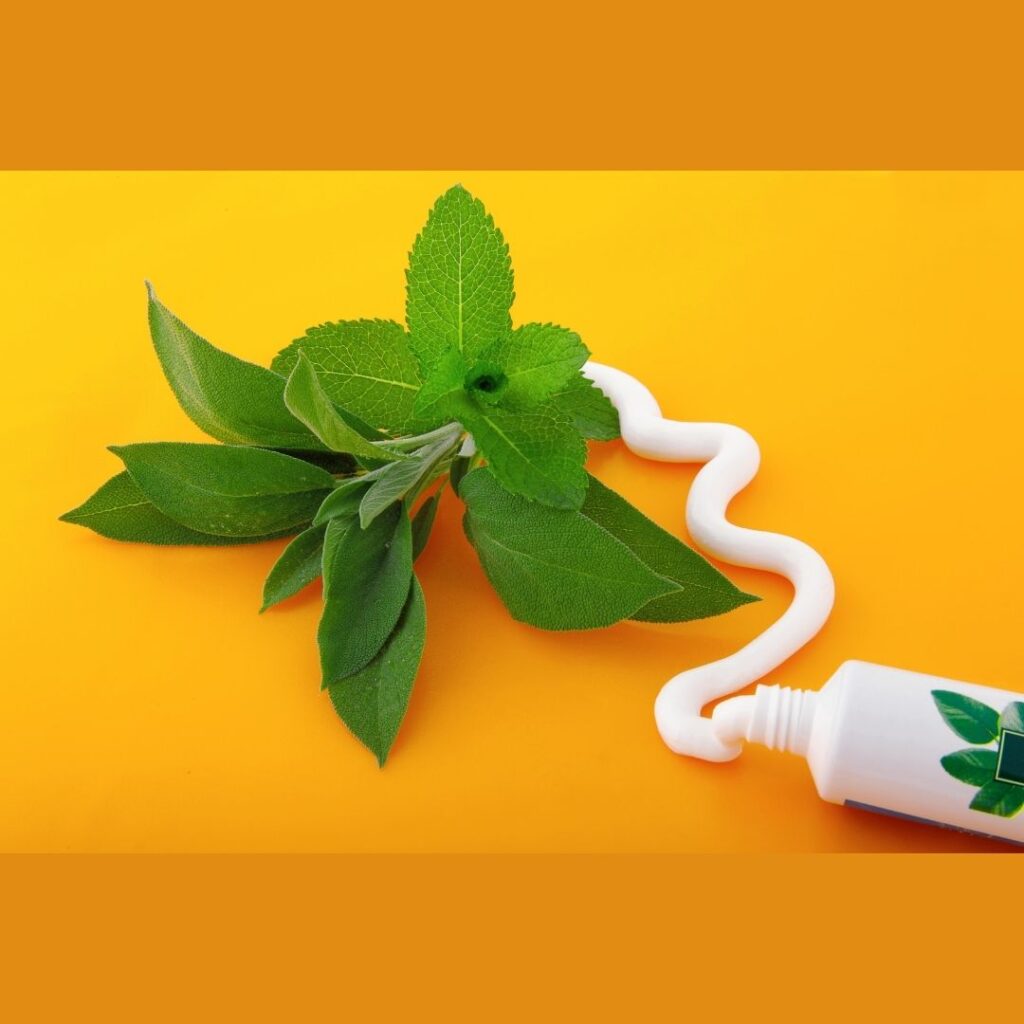How Mint Flavoring Became Associated With Clean Teeth

Wandering down the dental aisle at my local supermarket, I’ve always wondered why it is that mint is so ubiquitous in toothpaste, mouthwash and the like? I’m personally not a fan of mint. Where does mint come from, and what are the economics?
According to journalist Charles Duhigg, whose book “The Power of Habit” tracks the history of toothpaste marketing in the U.S., the ubiquity of mint flavoring in today’s dental hygiene products can be traced to the introduction of a new-fangled toothpaste to U.S. consumers in the early 1900s. It was called Pepsodent.
And Duhigg said the success of Pepsodent, in turn, can be chalked up to a savvy marketing campaign by one of America’s early leading ad men: Claude C. Hopkins.
Hopkins was responsible for popularizing numerous brands — from Schlitz beer to Ivory soap to Goodyear tires. “He was this bon vivant,” said Duhigg. “He was so successful, he wrote an autobiography with a chapter on how hard it was for him to spend all of the money he had earned.”
As Duhigg recounts the story, Hopkins was pitched on pitching Pepsodent, and initially turned the job down. Americans suffered a lot of tooth decay in the early 1900s, but hardly anyone brushed.
But Hopkins was ultimately sold on the idea, and he launched a nationwide ad campaign with posters and billboards warning that a “dingy film” was covering people’s teeth, and that if they brushed with Pepsodent, they could have “pretty” teeth and a movie-star smile.
“Within five years of Hopkins’ launching his advertising campaign, something like 60 percent of American households had Pepsodent in their bathrooms,” said Duhigg. “This is the creation of a national tooth-brushing habit that basically didn’t even exist before Claude Hopkins came along.”
But Duhigg argues the brand might not have succeeded if it weren’t for Pepsodent’s unique ingredient list. The inventor “had decided to add a little bit of mint extract. Mint extract, as well as a couple of other ingredients that he added, are irritants. They cause our tongues and our gum to tingle.”
And the effect of that tingling? It told people that “the toothpaste was working,” said Duhigg, “even though it had nothing to do with how the toothpaste actually worked. And people began to equate that tingling feeling with good dental hygiene. And as a result they began to crave it.”
Catalina Lee, worldwide flavors director at Colgate-Palmolive, explained how a key active ingredient of mint — menthol — works: “Menthol is capable to send to the brain a sensation that you have ice in your mouth. … So it’s like it tricks your brain. It stays in the mouth for a little bit, prolonging this clean sensation.”